The Rise and Fall of Jigsaw: Making Sense of the Saw Franchise
The ongoing story contained within the Saw franchise is filled with twists, revelations, and layers of information. If you need help making sense of it all, read on to learn about the life and legacy of its central character, Jigsaw.
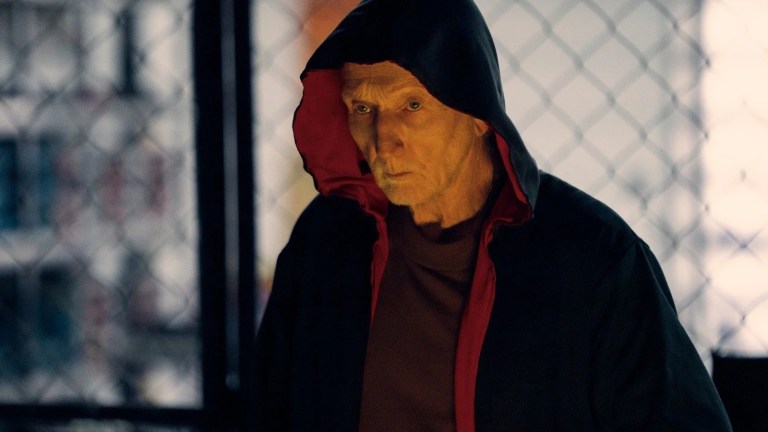
Table of Contents
Saw is one of the world’s most popular and successful horror franchises. It began in 2004 with the release of the film Saw co-created by James Wan and Leigh Whannell. Ten movies were released in the series between 2004 and 2023. The story of each film builds on what came before, creating a twisting narrative that is intriguing, but it can also be difficult to follow for all but the most dedicated fans.
Flashbacks are a huge part of how the Saw story is told, and they have been since the very first movie. The flashbacks fill in gaps in the stories initially left open to interpretation, they explain surprise revelations, and they give added context to characters’ backstories. This means that any given Saw movie will add new moments that might occur chronologically during any other film in the series, or they may add information that happened at any time before the first movie began. It’s a lot to keep track of.

This article is designed to explain the main story of the Saw series by focusing on its central character, John Kramer. The life of The Jigsaw Killer is scattered in pieces across every movie in the franchise, so this article puts those pieces into chronological order. It’s a way to get caught back up if you haven’t seen the movies in a while, or a way to make sense of things if you’ve recently watched the movies but couldn’t place what happened when. Obviously, due to the nature of putting events in chronological order, there will be major spoilers for every movie starting right away in the first paragraph below. You can also catch up with the killers and law enforcement of the Saw franchise in our related articles.
John Kramer Before He Became Jigsaw

At the heart of the Saw franchise is John Kramer. Better known as The Jigsaw Killer or simply Jigsaw, Kramer appears in every single movie in series in one way or another (yes, he even appears in Spiral if only in a photo). That is quite a feat for a character who dies in the third film of a series that, so far, includes ten installments. The longevity of his appeal, and the fact that he is repeatedly brought back for more movies, speaks to the power of Jigsaw as an interesting horror villain.
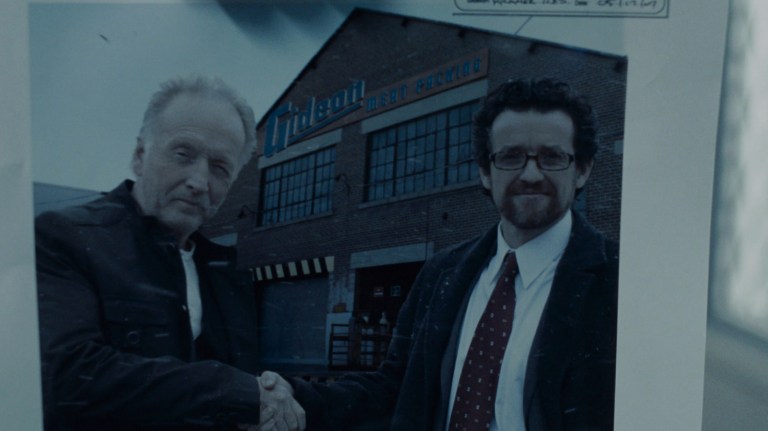
Jigsaw wasn’t always a villain though. Years prior to the events portrayed in Saw (2004), John Kramer had a career as a civil engineer. He and his business partner/lawyer Art Blank founded a real estate development company called the Urban Renewal Group. Among other philanthropic endeavors, the company was dedicated to helping low-income people find affordable housing.

In addition to a fulfilling career, John was also happily married with a child on the way. John and his wife Jill were both excited about becoming parents. They chose the name Gideon for their unborn son based on the name of the first building John built as part of the Urban Renewal Group. Anticipating his son’s arrival, John crafted a small puppet with a white face and red spirals on its cheeks. This puppet would later inspire the creation of the famous puppet that John would use in many of his traps.
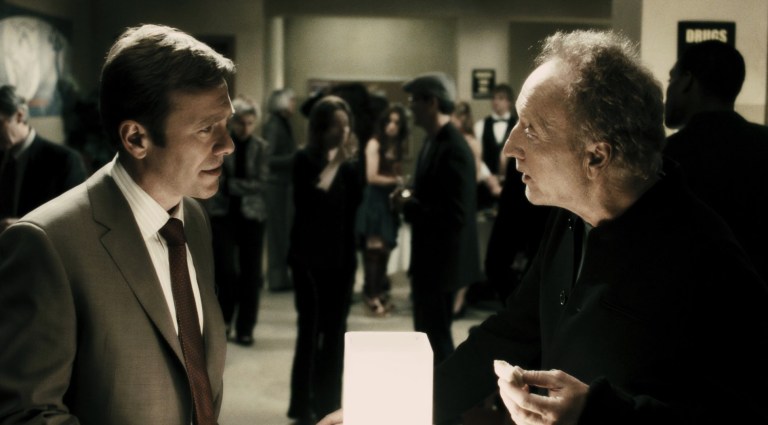
John appeared to be happy and hopeful at this time, but even then his philosophy about life showed hints of the man he would eventually become. One night he attended a party hosted at the Homeward Bound Clinic for recovering drug addicts where his wife worked. While there, John Kramer explained his philosophy to William Easton, the owner of an insurance agency. John looked down on Easton for Easton’s cold, calculating way of denying coverage to people based on health history and risk factors. John said that until someone is faced with death, it’s impossible to know if they have what it takes to survive.
The Fall of John Kramer
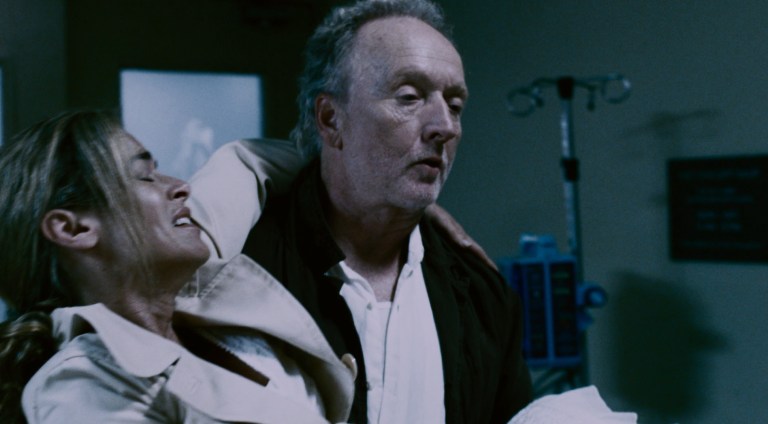
Over time, John became increasingly concerned about his pregnant wife’s well-being at the Homeward Bound Clinic. His fears turned out to be accurate, and Jill was injured in an attempted robbery of the clinic by one of its patients, Cecil Adams. Jill would recover, but doctors failed to save her unborn child. It was in that moment that John seemed to completely lose any faith he might have had in the act of helping others. As he sat by Jill’s hospital bed, John said that Jill’s attempts to help people were pointless. Instead, “they have to help themselves.”

John sunk into a deep depression after the loss of his and Jill’s child. He shunned his work, and he became distant in his marriage. This led to John and Jill getting a divorce, with Jill going back to using her maiden name, Jill Tuck. Around the same time, John was diagnosed with colon cancer by Dr. Lawrence Gordon. During one of his early doctor visits, John’s test results were mislabelled by Logan Nelson, a resident at the hospital. The error caused John’s condition to be overlooked at first, and the cancer, and the brain tumor caused by the cancer, progressed to an incurable degree when the mistake was finally discovered.

John decided to end his life by crashing his car. He was severely injured in the wreck, but his survival instincts kicked in. John saved himself, and his brush with death convinced him that he wanted to live. John decided to spend the remainder of his life “testing the fabric of human nature” and, in his own way, guiding people into helping themselves. This was the birth of Jigsaw.
The Rise of Jigsaw
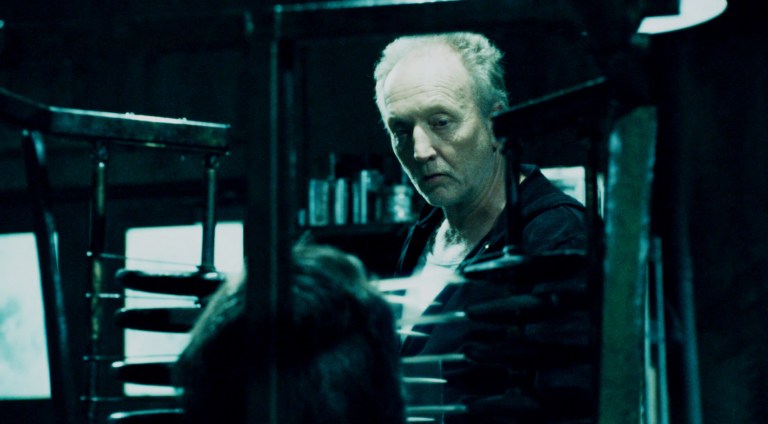
Jigsaw then began constructing traps and testing people. Cecil, the man who injured Jill at the clinic, was Jigsaw’s first known test subject. Cecil died, and Jill suspected that John was responsible for Cecil’s death when it was reported in the news. Jill confronted John and he confessed, but he also told her to leave him alone. She left, but she also kept John’s secret despite disapproving of what he was doing.

Some time later, John attempted to get funding from William Easton’s insurance company for an experimental treatment for his medical condition. Easton refused payment, further solidifying John’s dedication to his work as Jigsaw.
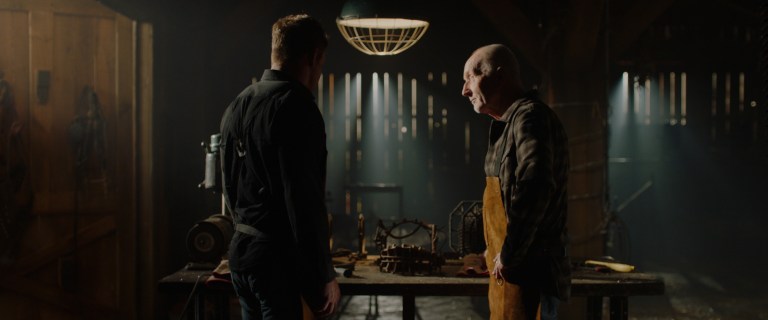
John planned an elaborate series of traps at an old pig farm owned by Jill Tuck’s family. Five people were put into the traps (as seen in Jigsaw), and only one person survived. The survivor was Logan Nelson, the man who mislabelled John’s hospital results. John decided Logan didn’t deserve to die for a mistake, and he took Logan as his first apprentice. Logan wasn’t able to stay with John long though. Logan was sent overseas as a member of the military, and when he returned he had mental health issues he dealt with for years. For those reasons, Logan was absent for most of the traps seen throughout the Saw series.
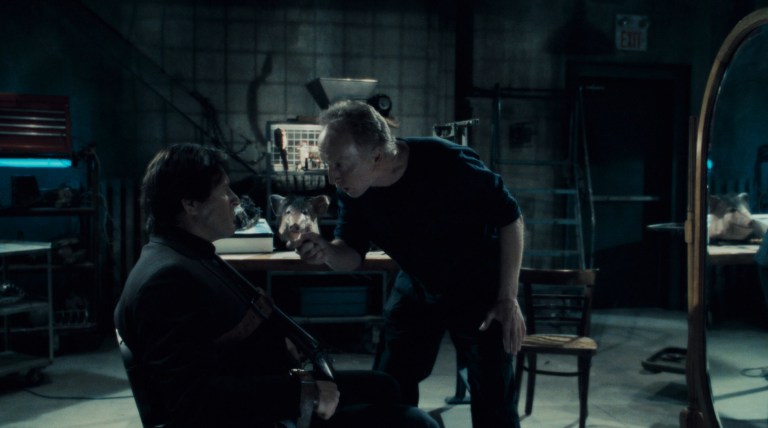
At this time, Jigsaw learned about a copycat murder that attempted to emulate his style. Using his uncanny ability to read and predict human behavior, John gathered evidence and deduced that police detective Mark Hoffman was responsible for the inescapable pendulum trap (as seen in Saw V). John abducted Hoffman and offered him a deal: turn John in as the Jigsaw killer and go to jail himself for the pendulum-trap murder, or join John in his mission and enact “justice” in a way the legal system can’t. Mark joined John and became Jigsaw’s most prolific accomplice.
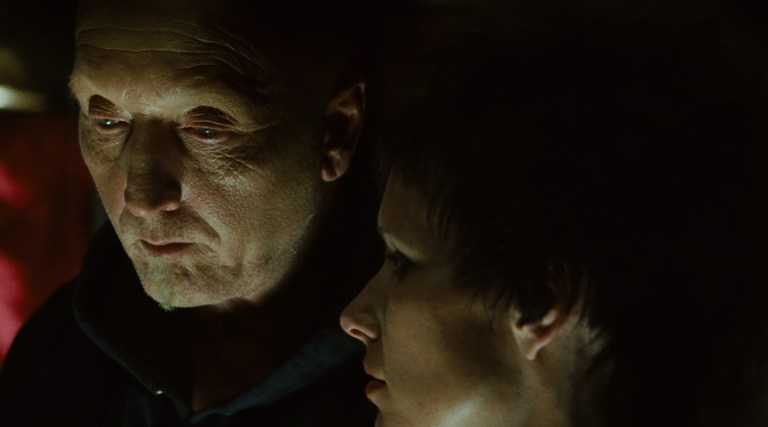
Together, Jigsaw and Mark Hoffman prepared and executed more traps. One of these early traps involved Amanda Young. Amanda survived her trap (as seen in Saw) and was convinced that Jigsaw’s test helped her change her life. Jigsaw recruited Amanda, meaning she and Mark both worked with Jigsaw at the same time. The police began to catch up to Jigsaw, and Detectives Tapp and Sing tracked Jigsaw to his hideout. Jigsaw escaped, but not before slashing Tapp’s throat and killing Sing with a shotgun booby trap.
The Saw and Saw II Tests
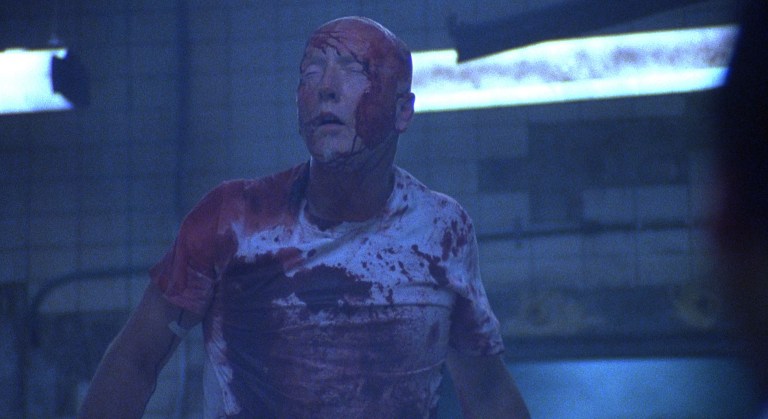
Months later, Amanda helped Jigsaw prepare and execute the test for Dr. Lawrence Gordon and Adam Stanheight (as seen in Saw). Jigsaw was directly involved in this test, playing the part of a dead body on the floor of the bathroom where the test took place. The test ended with Adam being left for dead (and later killed by Amanda), and Gordon cutting off his foot. Jigsaw saved Gordon and nursed him back to health. Gordon then became another of Jigsaw’s accomplices (as revealed in Saw 3D aka Saw: The Final Chapter) and helped him set up various traps. Gordon’s status as an accomplice was kept hidden from everyone.
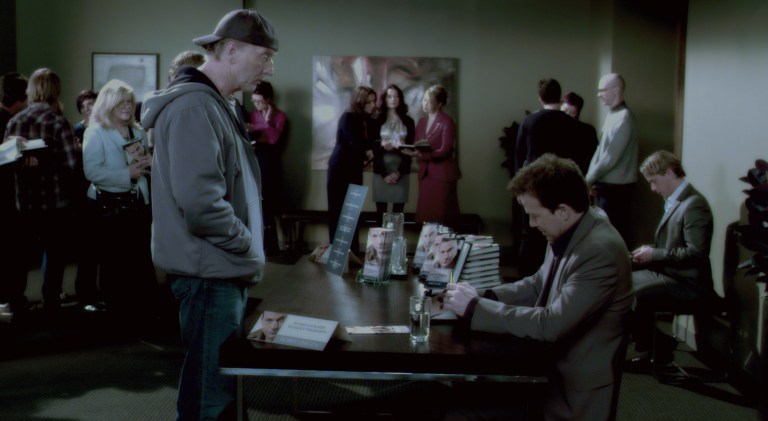
Some time after this, Jigsaw confronted Bobby Dagen, the author of a book who lied about being a survivor of one of Jigsaw’s traps. Jigsaw also set up the gas house test (as seen in Saw II) with the help of Mark Hoffman. The gas house tested seven people by giving them a time limit to find antidotes for a nerve gas they were all exposed to. Amanda was placed inside the house as a fake eighth victim. Amanda was there to observe the test subjects and to ensure that one of the real victims, Detective Eric Matthews’s teenage son Daniel, would make it out alive. Amanda and Daniel made it out of the house, and Jigsaw kept Daniel for the next test, placing the teenager in a safe.
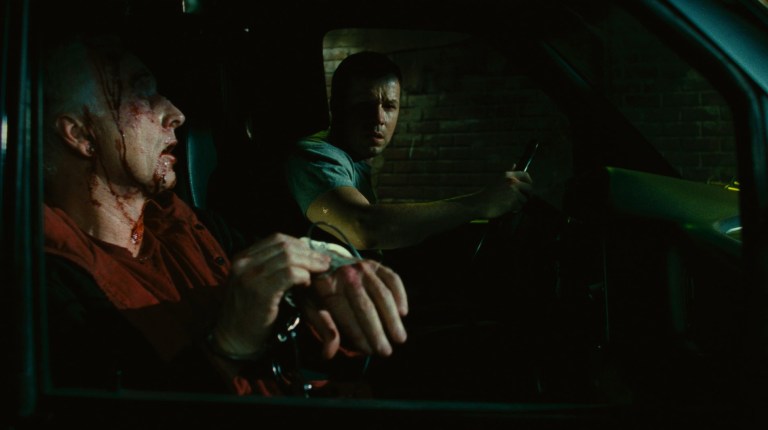
Jigsaw then tested Detective Eric Matthews (as seen in Saw II) by allowing the police to discover his hideout. Jigsaw’s health was deteriorating by this point, and he used that as an excuse to not be moved from his hideout as Matthews’ test played out. Matthews failed Jigsaw’s test, and he failed to realize that his son was “safe” inside a safe in Jigsaw’s hideout. Matthews beat up Jigsaw which led to Jigsaw leading him to the gas house, which was empty. Matthews was abducted by Amanda inside the house and placed in the bathroom from Gordon and Adam’s test (which was in the basement of the gas house). Matthews was eventually taken away by Hoffman for placement in another trap.
The Death of Jigsaw

Knowing that he had little time left to live, Jigsaw made an enormous amount of plans for the future. He planned out the elaborate tests seen in Saw V, Saw VI, and Saw 3D (for the five people responsible for a fatal fire, for William Easton, and for Bobby Dagen respectively). Jigsaw also made plans for a test for Mark Hoffman, and those plans would be given to Jill Tuck after John’s death.

Before he died, Jigsaw also oversaw the execution of two more multi-trapped tests which occurred simultaneously. These tests were for Jeff Denlon (as seen in Saw III) and Officer Rigg (as seen in Saw IV). Jigsaw was kept alive by Dr. Lynn Denlon to see the end of Denlon’s test (Hoffman was responsible for Rigg’s test). Secretly, Jigsaw also tested Amanda at the same time due to her emotions affecting her dedication to Jigsaw’s work. Rigg and Amanda both failed their tests and were killed.
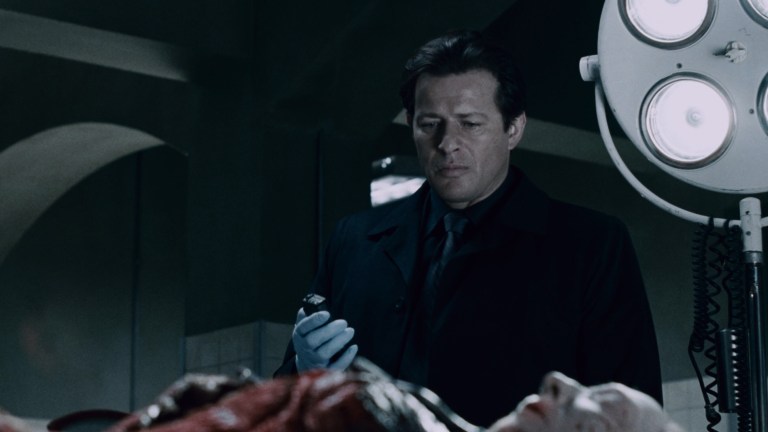
In the end, Jeff Denlon killed Jigsaw with a circular saw, slashing his throat. Jeff would then be shot and killed by FBI Agent Strahm who was investigating the Jigsaw murders. After Jigsaw’s death, Mark Hoffman continued Jigsaw’s planned tests. Eventually, Jill Tuck acted out Jigsaw’s final request to her and put Hoffman in a new version of the Reverse Bear Trap (as seen in Saw VI). Hoffman escaped and killed Jill. Dr. Gordon then acted out Jigsaw’s final request to him and abducted Hoffman, leaving him for dead in the bathroom from the first Saw movie (as seen in Saw 3D). This effectively ended the reign of Jigsaw, though his legacy would live on.
Jigsaw’s Legacy
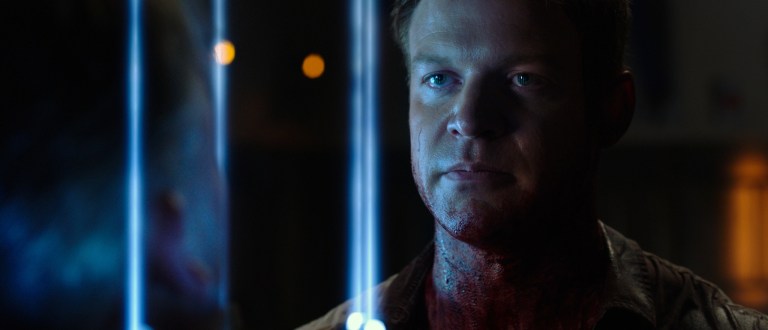
Many years later, Logan Nelson returned from his military service and worked as a medical examiner. He recreated a few of the traps at the pig farm that Jigsaw had created about a decade prior (as seen in Jigsaw). Logan took to heart Jigsaw’s philosophy of “speaking for the dead,” and he used these recycled versions of Jigsaw’s traps as a way of delivering justice to people who had evaded the law despite their crimes. Logan created a new final trap inspired by his interpretation of Jigsaw’s tests for Detective Halloran. Halloran was a dirty cop responsible for messing up cases and allowing criminals to go free, including the criminal who murdered Logan’s wife. Logan left the pig farm after the final trap, presumably free to carry on Jigsaw’s legacy if he wanted to.

After that, William Emmerson, under the name William Schenk, carried out a series of traps inspired by the idea of Jigsaw (as seen in Spiral). Emmerson had no direct link to John Kramer, and his traps were all completely original (although he did cuff someone to a pipe similar to how Jigsaw chained Dr. Gordon and Adam to pipes in the first Saw). Emmerson’s plan was to clean up the corrupt Metropolitan Police Department by holding dirty cops accountable for their injustices. He also wanted to recruit Detective Ezekiel “Zeke” Banks if possible. Emmerson failed to recruit Zeke, but he did escape the police.
So, even though Jigsaw is dead, there are two people out there who could continue his work. Also, the potential for new Jigsaw copycats is great, meaning the Saw franchise could continue indefinitely.
Frequently Asked Questions

What was Jigsaw’s philosophy?
After surviving his car crash, John Kramer decided to dedicate himself to helping others by forcing them to help themselves. Initially, his traps were designed to instill a sense of appreciation for life in people who were, in his mind, wasting their own lives. Jigsaw’s idea was that when a person is confronted with their imminent death, they will gain a newfound respect for life. They will want to live a life of meaning.
As Jigsaw’s philosophy evolved over time, he incorporated ideas beyond just helping people appreciate life. He tried to teach Jeff Denlon forgiveness, and that revenge will destroy you. His trials for William Easton attempted to teach him the value of other people’s lives. His trials for Bobby Dagen were about teaching him the damage a lie can cause. They all still revolved around the idea of living a “correct” life in the way John Kramer viewed it, but there was a strong sense of poetic justice in many of Jigsaw’s later traps.
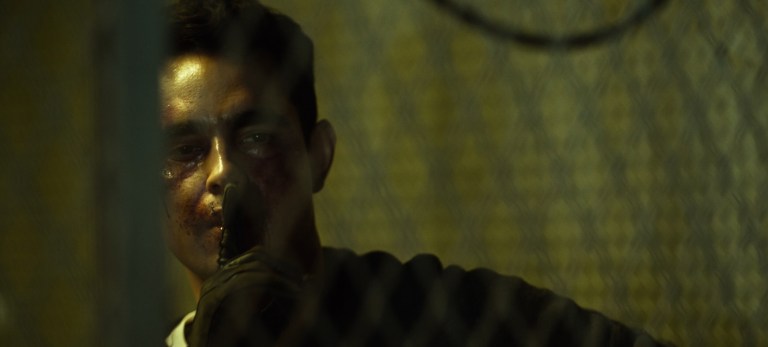
Did anyone ever truly understand Jigsaw’s philosophy?
No, not really. Mark Hoffman came close at times, but he didn’t have any problem killing people. John Kramer claimed to despise killing, but Hoffman straight-up murdered more than a few people. Amanda also killed people by using inescapable traps, and her emotions clouded her judgment in Jigsaw’s point of view. She also failed her final test that Jigsaw used to try to get her to understand why what she was doing was wrong. Logan Nelson used his traps for justice, but he also created an inescapable trap (the laser collar trap in Jigsaw). Jigsaw also tried recruiting Officer Rigg, but Rigg failed his final test.
William Emmerson might be the closest to a true successor to Jigsaw’s philosophy. Emmerson used his traps for justice rather than to give people a newfound sense of appreciation for life, but even Jigsaw got into doling out justice (of a sort) as the Saw series progressed. Emmerson’s traps were extremely difficult to escape, but the possibility was always there in one way or another (though his final trap was a bit unfair).
Also, Jill Tuck might have understood Jigsaw’s philosophy. She saw John’s fall into the state of mind that led to Jigsaw. Jill completely disapproved of John’s methods, but the possibility is there that she at least understood his way of thinking.
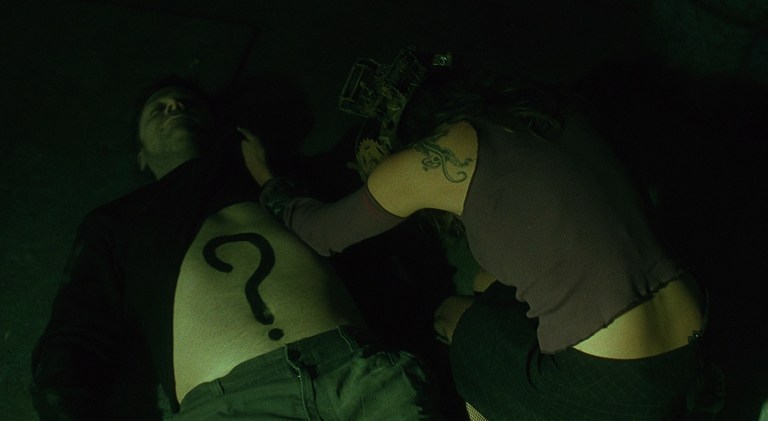
Did Jigsaw ever kill anyone?
Yes, Jigsaw killed people. He once claimed that never never killed anyone, but this is true in only the most technical of definitions. John Kramer never murdered anyone directly with his own hands, but he definitely killed people. Even in the first Saw movie, he killed people. This is one of the things that makes Jigsaw such a compelling villain. He truly appears to believe what he is saying, but his actions don’t always match up with his words in any reasonable way.
Jigsaw said that his test subjects always have a choice. This is not always true. For example, in Amanda’s first test, the Reverse Bear Trap, the key to release her was planted inside the guts of a man lying sedated and immobile in the room. Amanda had to cut the man’s stomach open to get the key. The man was killed, and he had no choice in the matter. These kinds of traps, where at least one person has to die regardless of what choices are made, became more common later in the series.
What order should I watch the Saw movies in?
Despite all of the Saw movies containing multiple flashbacks and a few of them manipulating the audience’s perception of time, the series should be watched in the order in which they were released. The main portions of all of the Saw movies are basically in chronological order. The only exceptions are Saw III and Saw IV which occur at the same time. Also, most of the traps in Jigsaw take place before Saw, but half of the story takes place after Saw 3D, so you might as well watch it in its release order. Another exception will probably be Saw X which is said to take place between Saw and Saw II.
Is Saw X a requel?
No, Saw X is not a requel. At least, there’s no evidence of that yet. A requel, as we’ve explained before, is a term that comes from combining a sequel and a reboot. It’s a movie that is a sequel to a movie earlier in a franchise (typically one of the first few movies in a series) that either ignores or contradicts events that happen in other sequels that take place in-between. For example, Halloween (2018) is a requel because it only includes the events of Halloween (1978) in its continuity, ignoring every other sequel and dismissing events established in those interim movies.
From all appearances, Saw X is more accurately described as a “midquel” or “interquel.” It takes place between Saw and Saw II, hence the “mid” in “midquel,” but there is no evidence that it actually replaces any of the established continuity of the series. So, there would be no need to call a requel since there is no rebooting involved. If it does contradict established continuity, maybe we could call it a re-mid-quel? Let’s hope not.
